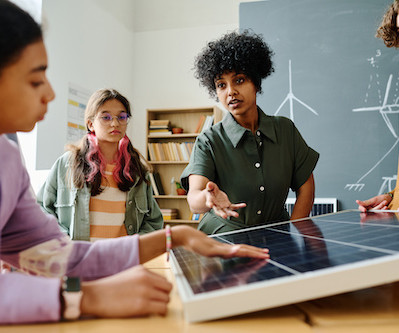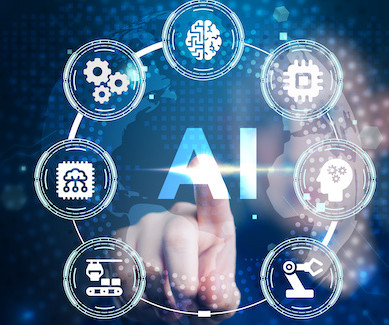Leveraging edtech for differentiated instruction
eSchool News
MARCH 11, 2025
Adaptive learning platforms Adaptive learning platforms use sophisticated algorithms to analyze student performance patterns and adjust the content difficulty in real time.

eSchool News
MARCH 11, 2025
Adaptive learning platforms Adaptive learning platforms use sophisticated algorithms to analyze student performance patterns and adjust the content difficulty in real time.

eSchool News
JANUARY 1, 2024
As we wave farewell to 2023 , we’re looking ahead to edtech trends in 2024 with optimism for education as a whole. Moving away from the pandemic, educators still grapple with learning loss and academic disparities and inequities. This trend follows the pattern of other public interest phenomena.
This site is protected by reCAPTCHA and the Google Privacy Policy and Terms of Service apply.

eSchool News
DECEMBER 11, 2023
One notable piece of K-12 tech innovation news is the integration of interactive devices and digital learning tools, transforming static learning spaces into dynamic, multimedia-rich environments. These devices and tools empower teachers to create engaging lessons, fostering a more interactive and collaborative learning experience.

eSchool News
DECEMBER 11, 2023
Key points: Innovation and access are two major learning trends in 2024 Learn more about K-12 Tech Innovation News Discover Current Trends in Education In 2024, K-12 learning experiences are evolving rapidly, shaped by technological advancements and educational paradigms. What are the trends in learning in 2024?

EdTech4Beginners
DECEMBER 1, 2023
This transformation is reshaping how teachers teach, students learn, and how educational institutions operate. From digital classrooms to interactive learning tools, EdTech is not just a fleeting trend but a fundamental change in the educational paradigm.

eSchool News
FEBRUARY 4, 2024
Educators can gain valuable insights into student performance trends, allowing for adjustments in teaching strategies and curricula to ensure optimal learning outcomes. AI-driven tools also contribute to the development of collaborative learning environments.

eSchool News
JANUARY 5, 2024
As we wave farewell to 2023 , we’re looking ahead to edtech trends in 2024 with optimism for education as a whole. Moving away from the pandemic, educators still grapple with learning loss and academic disparities and inequities. This trend follows the pattern of other public interest phenomena.
Let's personalize your content